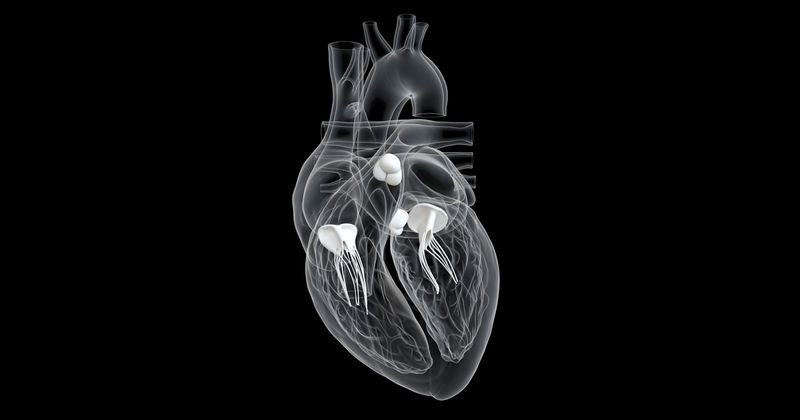Cerebral embolic protection device for TAVR safe, but not superior vs. standard care
In the REFLECT II study, a cerebral embolic protection device for patients undergoing transcatheter aortic valve replacement beat safety performance goals, but it was not more effective than standard care.

The device (TriGuard 3, Keystone Heart) showed potential to prevent larger ischemic brain lesions, Jeffrey W. Moses, MD, professor of medicine and director of interventional therapeutics at NewYork-Presbyterian/Columbia University Irving Medical Center, said during a press conference at TCT Connect.

The researchers analyzed 179 patients randomly assigned to TAVR with or without cerebral embolic protection.
Stroke “is an Achilles’ heel of TAVR,” Moses said during a press conference. “It has dropped, but it is persistent, even in recent trials, appearing in about 2% to 6% of cases. Thus far, there has been no adequately powered trial to demonstrate the adequacy of cerebral protection for preventing stroke.”
The device “is a mesh that sits below all three vessels that go to the brain and is self-positioning,” he said. “That sits there while the aortic valve is expanded, and presumably any debris expressed during the procedure is deflected downstream.”
The primary safety endpoint of Valve Academic Research Consortium-2 (VARC-2)-defined MACCE at 30 days occurred in 15.9% of patients with the cerebral protection device, with an upper standard deviation of 22.5%, beating the historical performance goal of 34.4% (P for noninferiority = .0001), Moses said at the press conference, noting that many of the events were bleeding and vascular complications related to the TAVR procedure, and the rate of complications related to the cerebral protection device was 1.9%. In-hospital stroke rates were similar between the cerebral protection group and the control group, he said.
However, he said, the primary efficacy endpoint was not met, as the cerebral protection group and the control group had similar win ratios (cerebral protection, 0.84; win percentage, 45.7%; control, 1.19; win percentage, 54.3%).
The groups did not differ in mortality or stroke at 30 days (cerebral protection, 9.8%; control, 6.7%; P = .475), worsening of NIH Stroke Scale score before discharge (cerebral protection, 14.1%; control, 7.6%; P = .176) or cerebral ischemic lesions (cerebral protection, 85%; control, 84.9%; P = 1), Moses said.
Median total cerebral lesion volume was similar between the groups (cerebral protection, 215.39 mm3; control, 188.09 mm3; P = .405), according to the researchers.
Among those who received the cerebral protection device, 59.3% had full cerebral coverage, and among those, total cerebral lesion volume was reduced by 23% compared with controls, the researchers found.
“When there is full coverage, we see a filtration effect of the device, even though we didn’t see a clinical effect,” Moses said during the press conference. “With improved device stability to achieve reliable, complete cerebral coverage, we hope this will improve outcomes with this device.”
The device is not yet approved for commercial use in the United States.


